国际学生入学条件
The graduate school automatically places a student on academic probation if the cumulative grade point average falls below 3.0. If the cumulative grade point average is not improved to better than a 3.0 within one academic year of being placed on probation, the student will be dismissed from the program. To be granted full admission, applicants must hold the equivalent of a U.S. baccalaureate degree from an accredited institution. Usually transcripts will be evaluated by the Graduate School, however, in unusual circumstances, the University may require applicants to submit their credentials to an outside agency before an admission decision will be made. Applicants whose native language is not English must submit an acceptable English language proficiency test score. For applicants whose native language is not English, the applicant must have a minimum TOEFL IBT (IBT Home Edition also accepted) 80, IELTS - 6.5
展开
IDP—雅思考试联合主办方

雅思考试总分
6.5
- 雅思总分:6.5
- 托福网考总分:80
- 托福笔试总分:160
- 其他语言考试:Michigan English Test (MET) - 58
CRICOS代码:
申请截止日期: 请与IDP联系 以获取详细信息。
课程简介
To become successful as a chemist, one must not only be broadly based in the fundamental facts, theories and techniques of chemistry but also be able to apply these capabilities imaginatively to new chemical problems.<br><br>The graduate program in chemistry at The University of Montana is built on the philosophy that students can best achieve these important goals by interacting closely with faculty who are practicing chemists as well as good teachers. For a typical student, this interaction begins in the classroom. Class sizes are generally small (3-8 students) allowing for lively discussion. Faculty are accessible to students for consultation. The range of course offerings in chemistry educates students well in the fundamentals of all major areas of chemistry as well as in highly specialized research areas close to the frontiers of knowledge.<br><br>The crux of graduate education, however, is participation in research, where a student further develops fundamental skills while learning to apply them to solving chemical problems. The close interaction between faculty and students begun during course work continues in research groups. Faculty and students often work side by side in the laboratory. Formal and informal group meetings are frequent. However, students are expected to become increasingly independent in their research as their skills and confidence develop.
展开







 预科
预科 奖学金
奖学金 实习机会
实习机会 在校学习
在校学习 跨境学习
跨境学习 校园授课-线上开始
校园授课-线上开始 在线/远程学习
在线/远程学习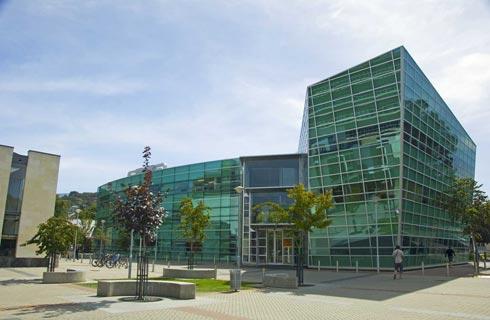



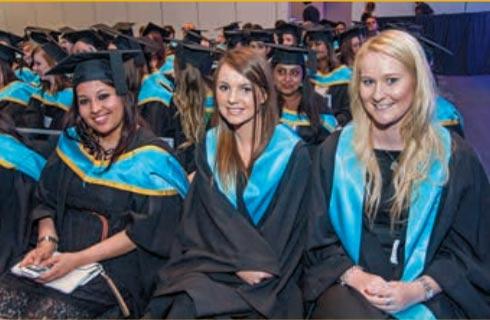

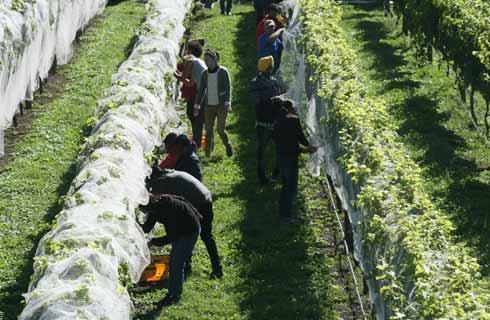



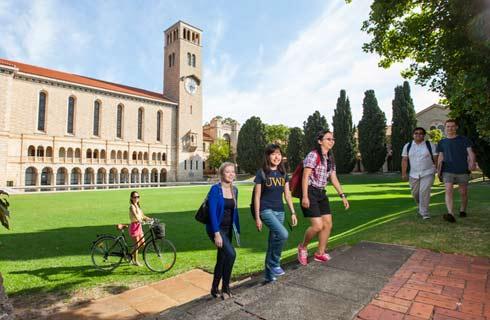


 布鲁克大学
布鲁克大学

 布鲁克大学
布鲁克大学

 多伦多大学
多伦多大学

 不列颠哥伦比亚大学
不列颠哥伦比亚大学

 不列颠哥伦比亚大学
不列颠哥伦比亚大学
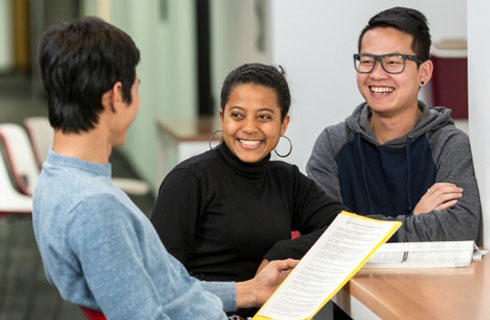
 滑铁卢大学
滑铁卢大学









 美国
美国
